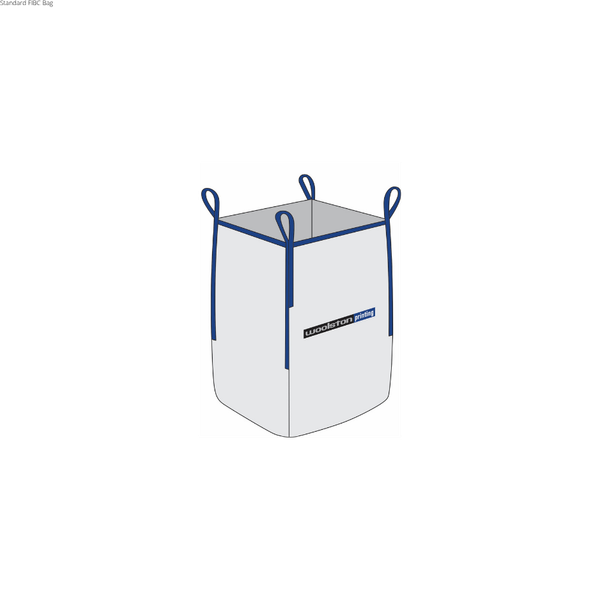
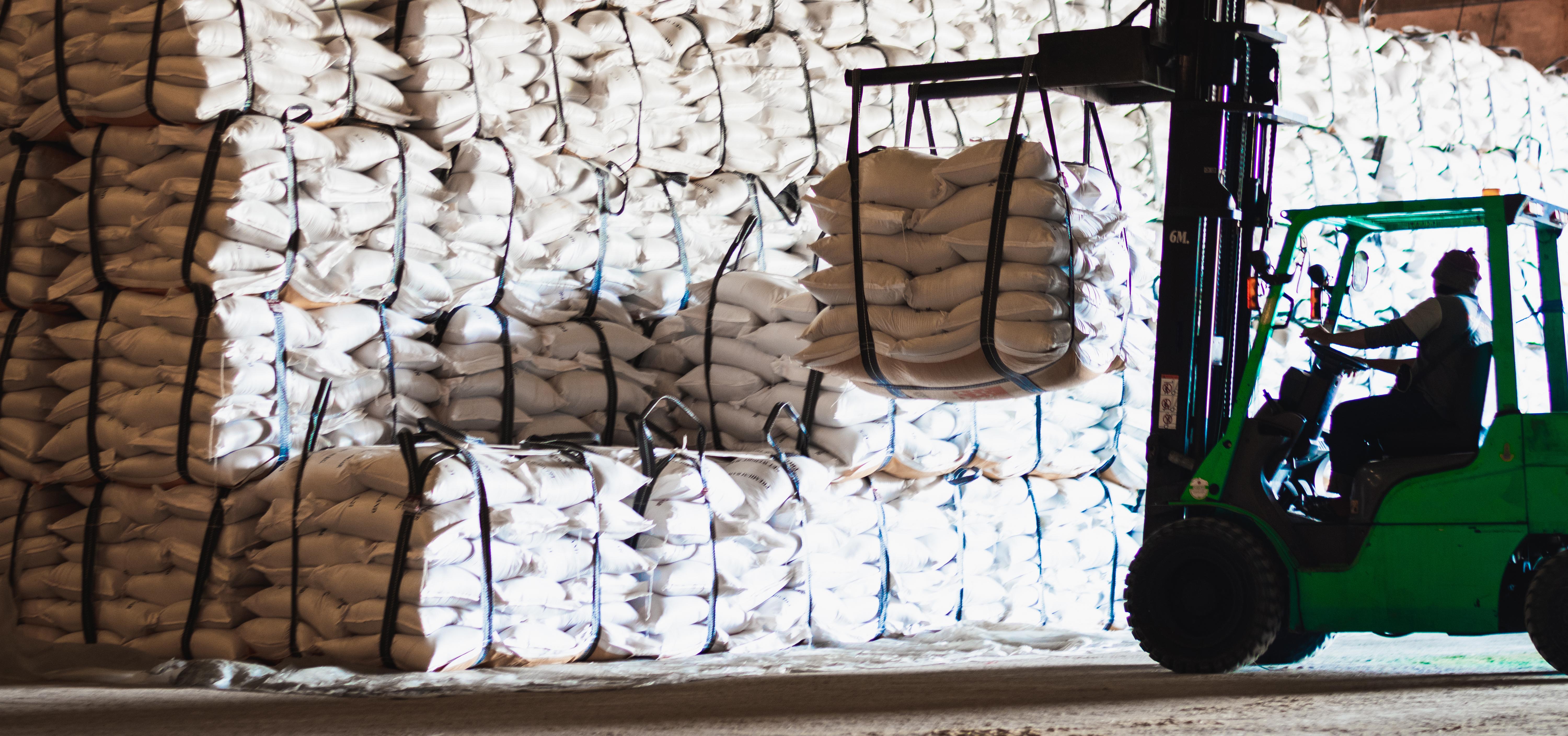
FIBC/Bulk Bags
Flexible Intermediate Bulk Containers (FIBCs), also known as Bulk Bags, are versatile industrial bags crafted from woven, flexible fabrics. These bags, with weight capacities from 500kg to 2000kg, come in various dimensions tailored to customer needs.
FIBCs are robust, cost-effective, and eco friendly, reducing labour and handling while optimising storage and transport space. They are customisable for diverse products and applications, offering unlimited possibilities.
Our product range includes basic builder bags to advanced filtering bags, certified for food, pharmaceuticals, anti static, and UN requirements through our strategic partnerships.

Stock FIBC Bags - Ready to Ship
We stock a reliable range of FIBC bags, available and ready for immediate dispatch from our warehouse. Designed for heady-duty use, our bags are ideal for seed, grain, produce and industrial applications.
We hold and distribute;
Seed Bags:
- 105 x 105 x 125h cm
- 105 x 105 x 140h cm
- 105 x 105 x 155h cm
Ventilated Onion Bags:
- 100 x 100 x 210h cm
Potato Bags:
- 95 x 95 x 180h cm
All stock bags fitted with spout top and bottom for easy filling and discharge.
Ventilated bags are designed to promote airflow while providing strong, stable storage.
All bags are durable, high-quality and pallet-ready - ensuring fast turnaround times. Whether you're after a single pallet or ongoing supply, we can ship within one business day of your order.


U Panel FIBC Bag

4 Panel FIBC Bag
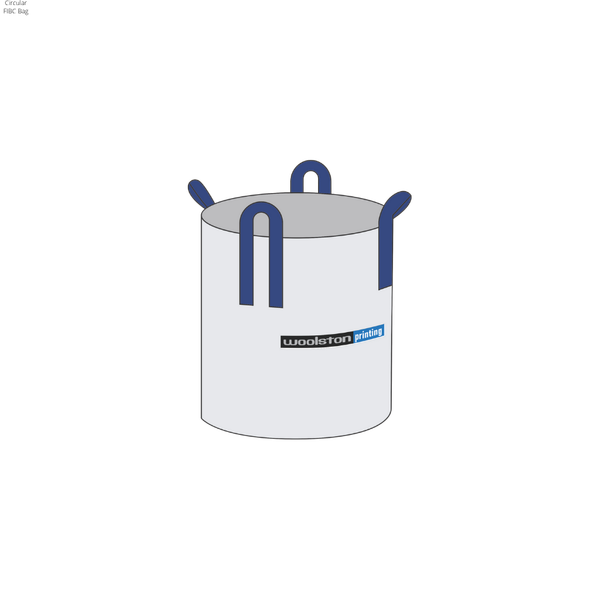
Circular FIBC Bag

Baffle FIBC Bag

Ventilated FIBC Bag

Tunnel Loop FIBC Bag

One/Two Loop FIBC Bag
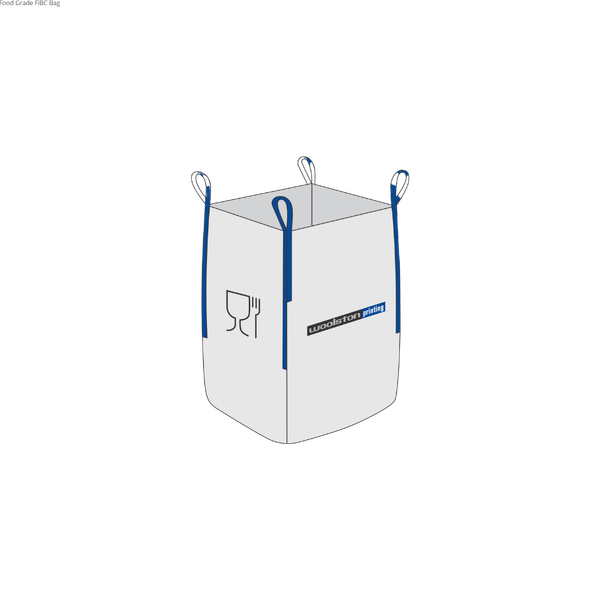
Food Grade FIBC Bag

UN FIBC Bag
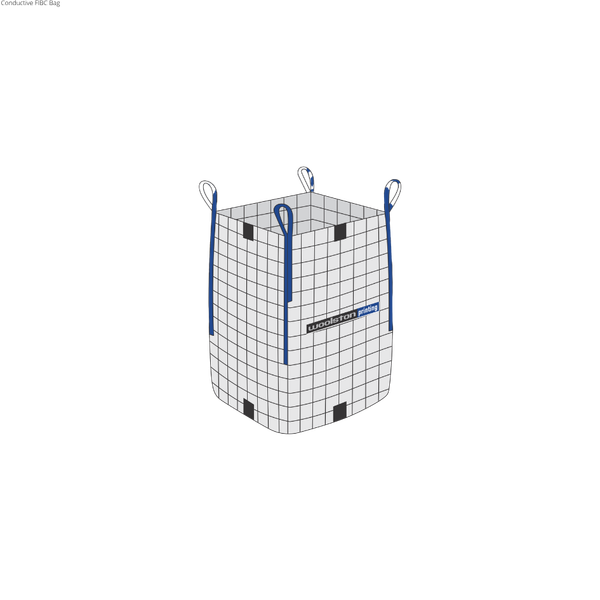
Conductive FIBC Bag

Woven PP Bag

Platten Bag
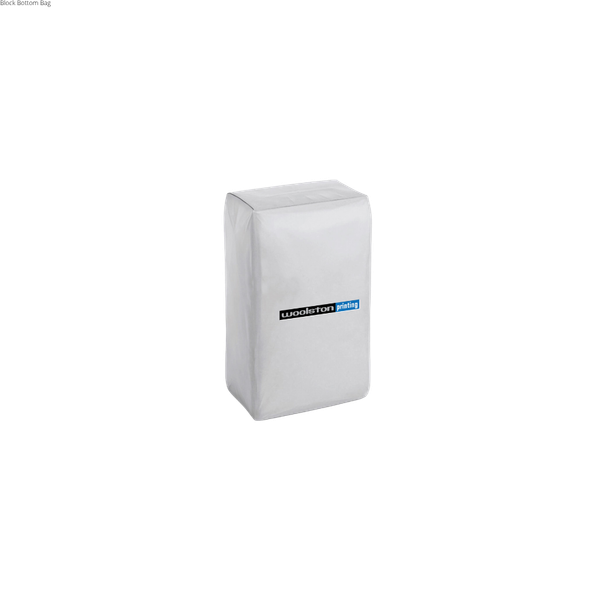
Block Bottom Bag
Top/Bottom Formats Available
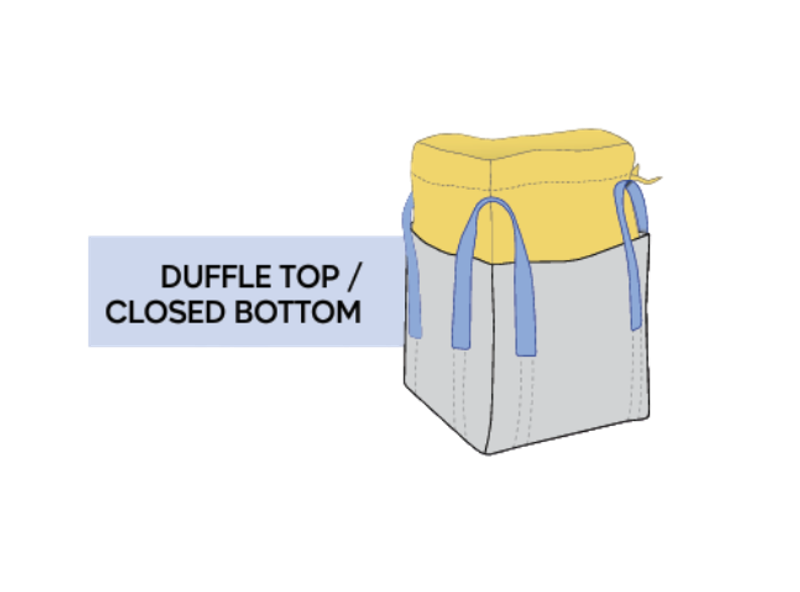

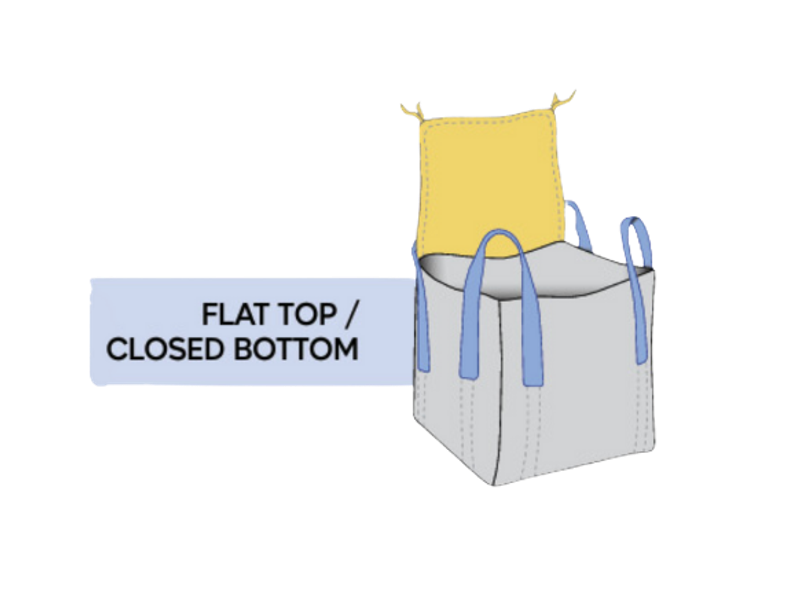
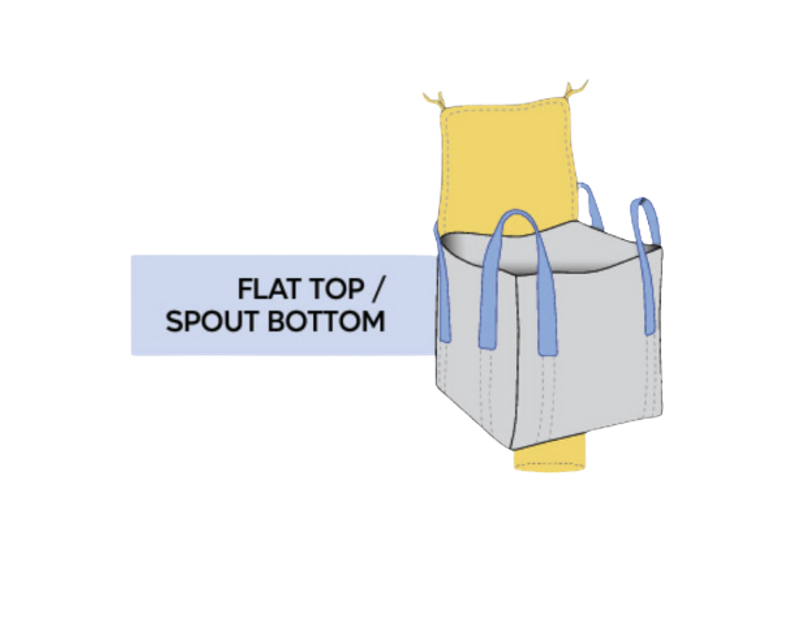

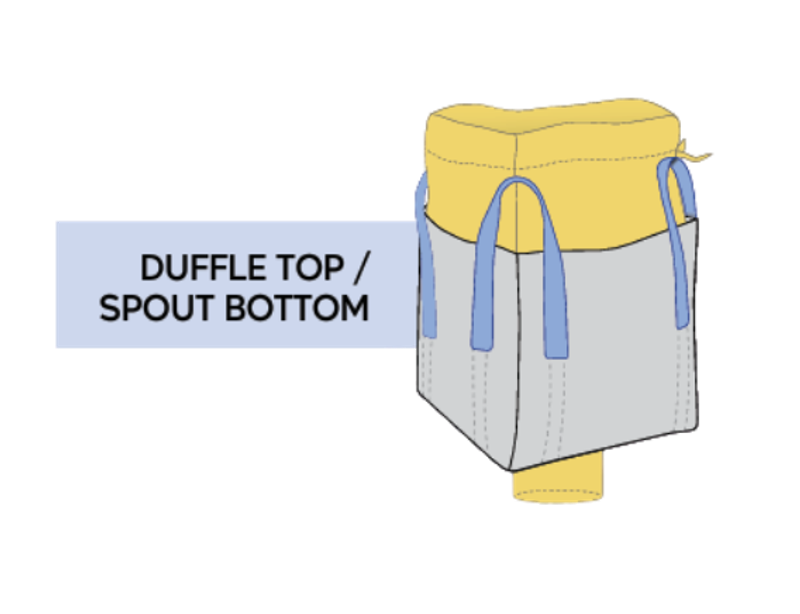
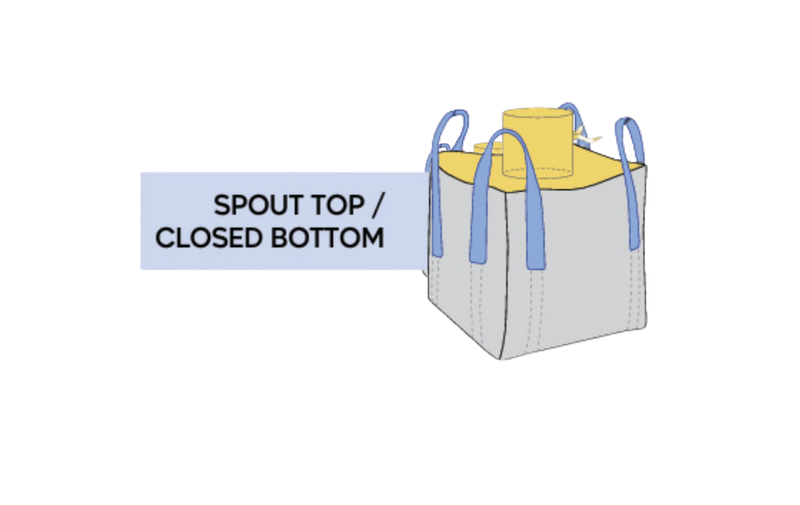
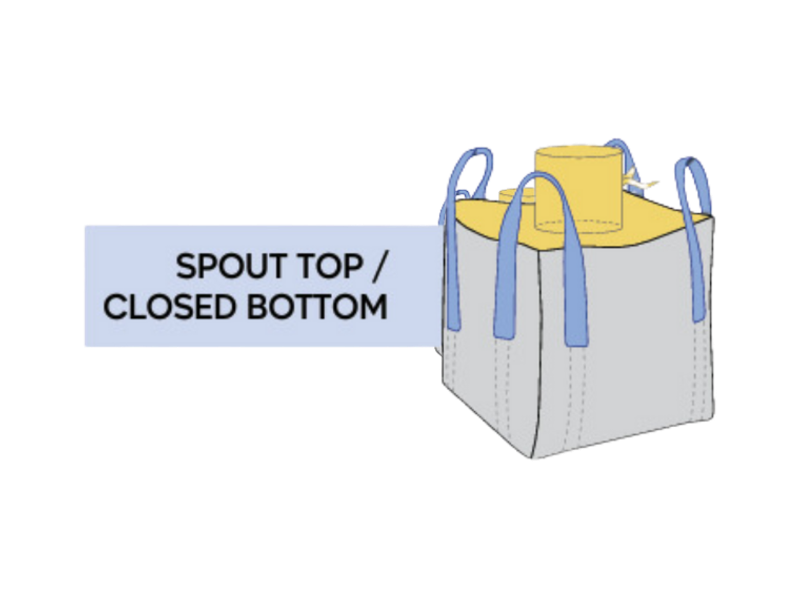
Discharge Options
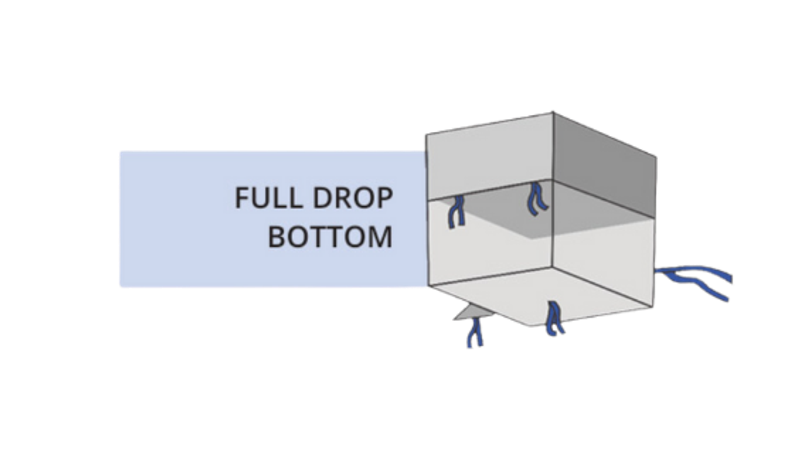

Lifting Loops
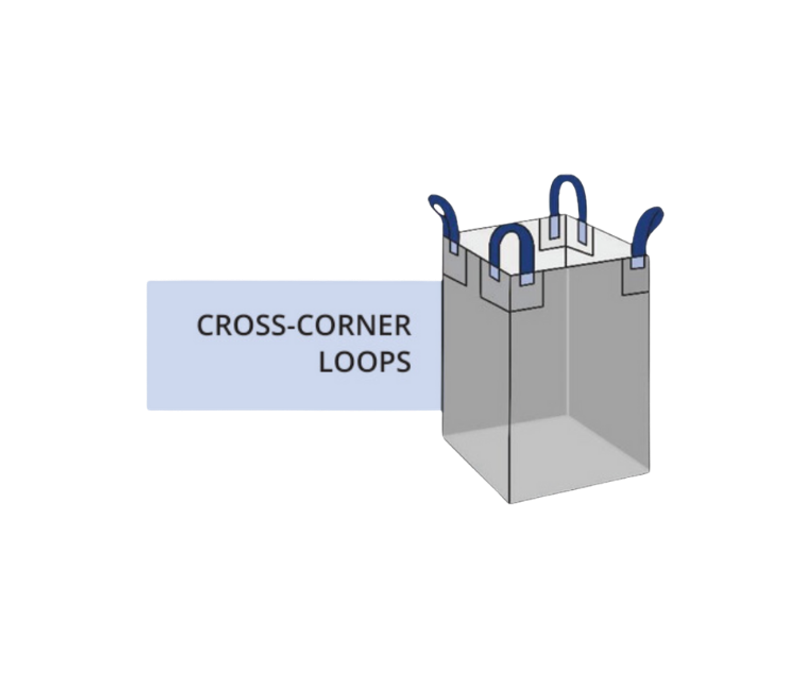
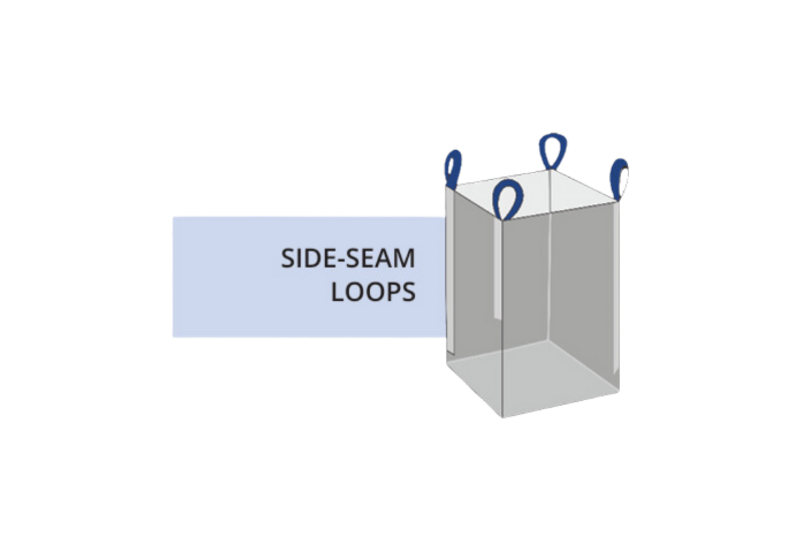

Filling & Closure Options
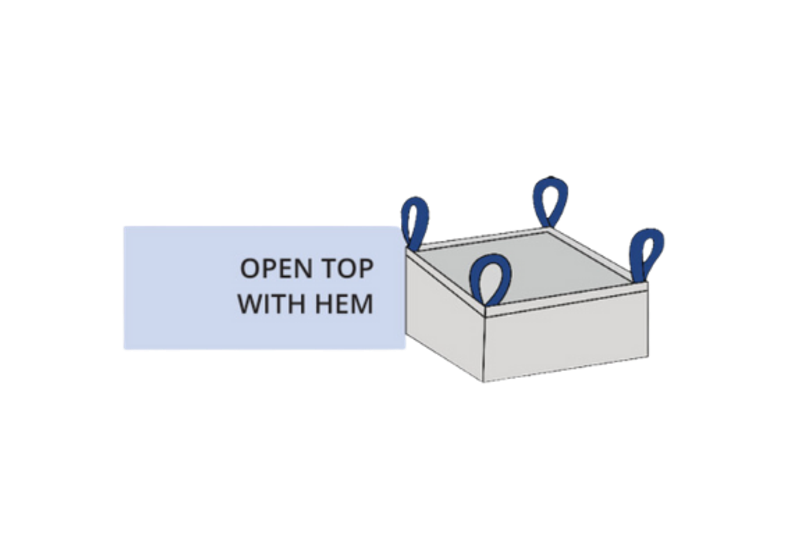


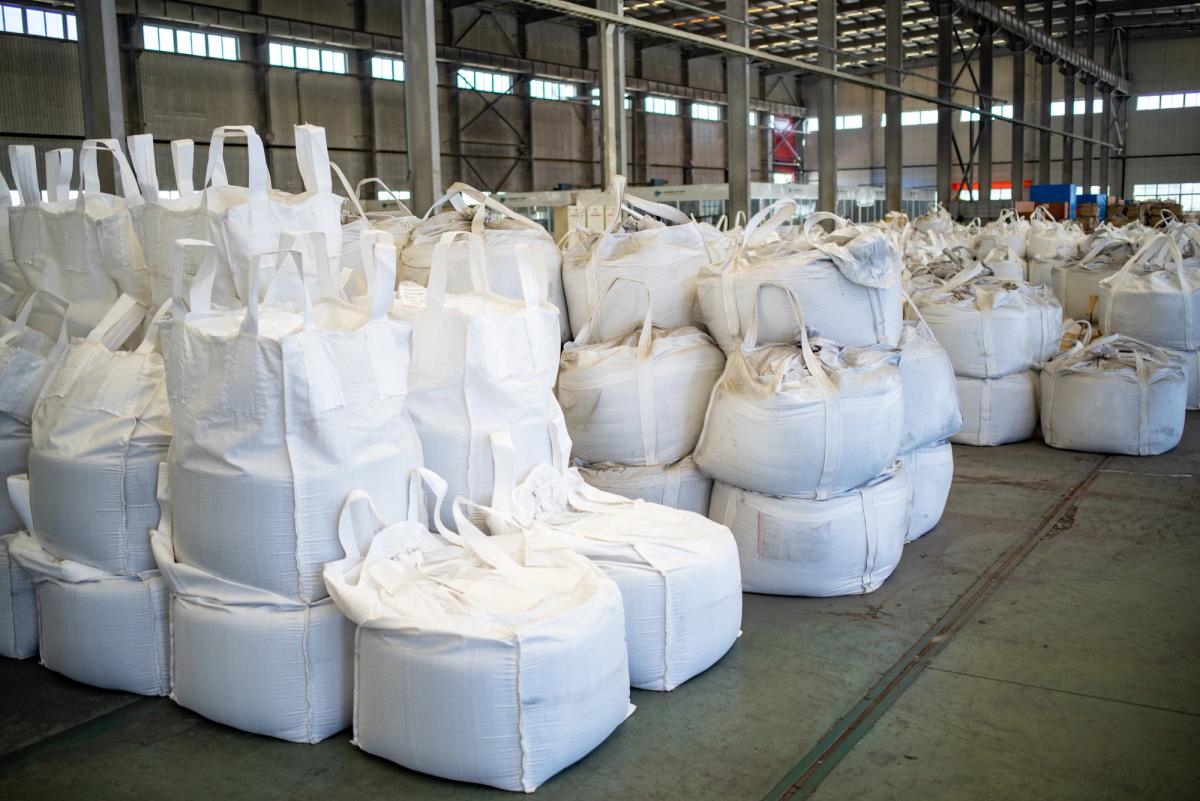
Specifications:
Above products have different variety and attachments as below:
- SWL Range: 500 kg to 2000 kg.
- SF Option: 5:1 / 6:1 / 7:1.
- Lifting Option: One loop, Two loop, Four loop, Tunnel loop. Loops made from PP loop (standard loops), PP Multifilament loops (for soft loops), PP fibrillated loops (for semi soft loops), available in various designs & colours.
- Filling Option: Filling spout, Skirt (duffle top), Flap, Iris (Pyjama/Bonout), Star closer (Petal closer).
- Discharge Option: Discharge spout, Skirt (duffle), Flap, Iris (Pyjama/Bonout), Star closer (Petal closer) & Conical.
- Printing Options: Printed (up to 4 colour) and unprinted.
- Liner: With or without liner. Liner comes in Loose, Glued, Tabbed, Stitched Liners, Suspended Liners and Form Fit/Shape Liners.
- Sewing Options: Hiracle & safety, double chain with or without dustproof.
- Sewing Thread/Webbing: In various colours including blue, black, green and red. All colours defined by Pantone system.
- Document Pockets: Ziplock – In various sizes and materials including transparent PE and transparent PP. Also available in self closing type.
- Fabric: Flat woven or tubular woven fabric with Coated or Uncoated.
Sharron Embley
Great quality, super fast turnaround and incredibly helpful and efficient customer service.
Jeffery Bye
Angie at Dumont was extremely helpful in creating our carbon copy books. The books were quite complex with multiple forms and copies, so it was very helpful having the expertise at Dumont Industries to ensure the end product was professional.
Pritika Kumar
Excellent communication and service. Product samples were sent through in rapid delivery times, nicely wrapped (included lollies!). Samples are of high quality and include all relevant information for my product.
Alexander Okenyo
I highly recommend Dumont for printing. Friendly and prompt and a quality product.
